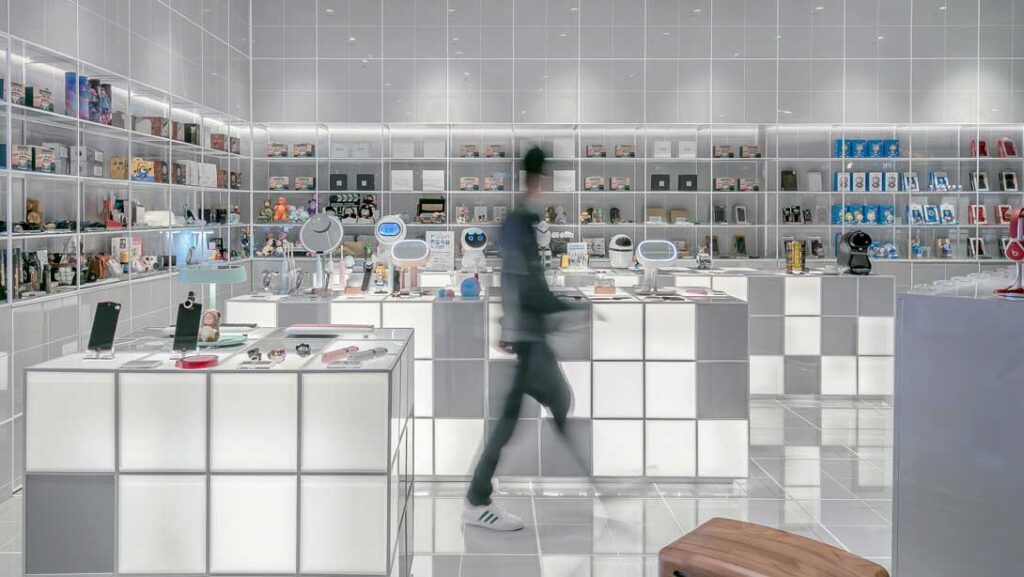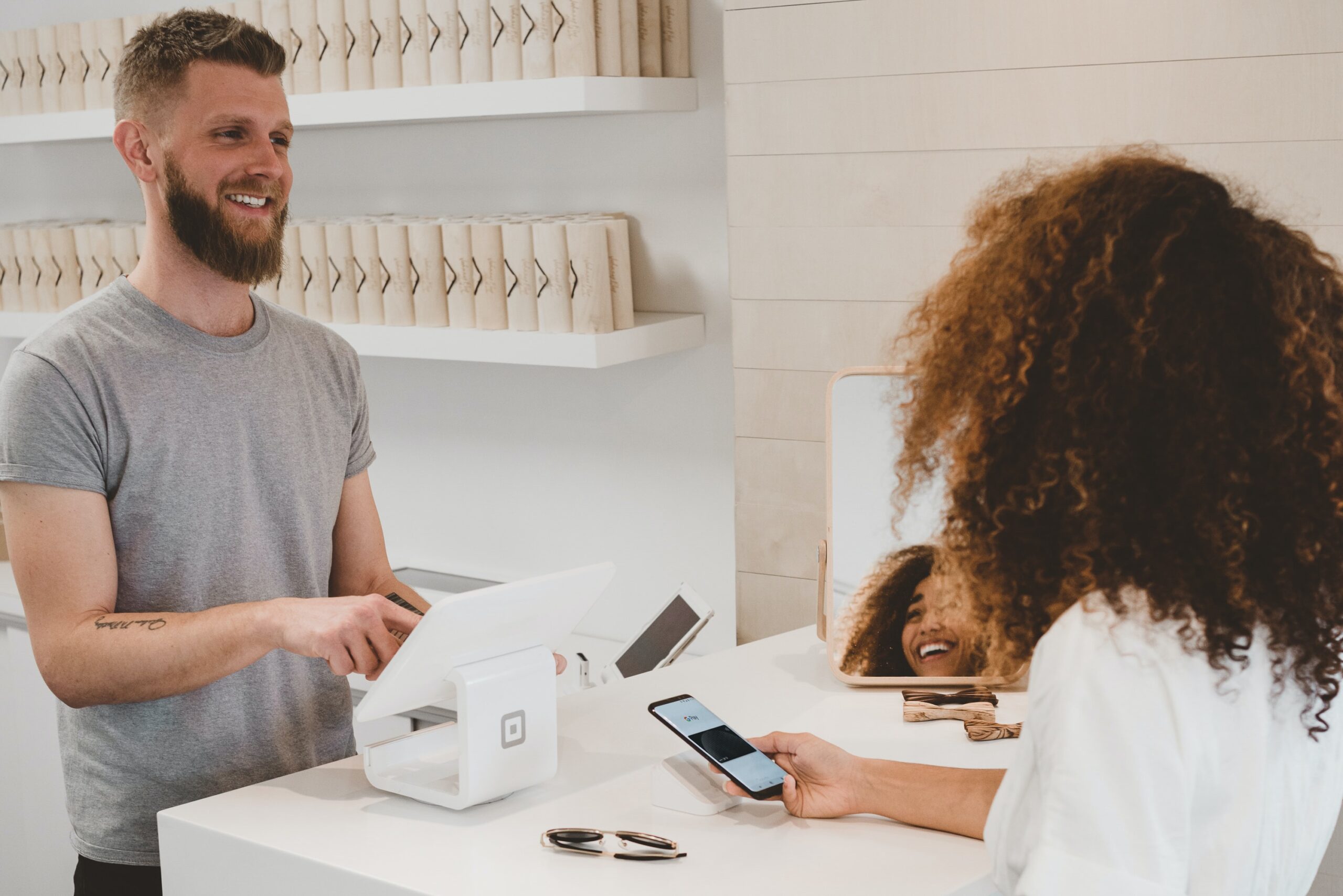Imagine walking into a store where the lights adjust automatically as the day progresses, shelves notify staff when inventory is low, and digital signs change based on who’s looking at them. This is the promise of IoT and AI in retail design. It’s about creating spaces that are not only aesthetically pleasing but also intelligent and responsive to both the retailer’s and the customer’s needs.
For students diving into retail design or technology, this intersection of design and tech offers a fascinating area of study. It’s a real-world application of what might once have been theoretical knowledge, from coding to user experience design.
In fact, it’s not uncommon for students to explore these themes in their projects, sometimes even pondering, “Could I create a model smart store for my capstone project?” or seeking assistance with the technical aspects by looking up services that could “Write my capstone paper for me.” This blend of design, technology, and practical application underscores the multidisciplinary nature of modern retail.
The Role of IoT in Retail Design
IoT is about connecting devices to the internet and each other. In retail, this means everything from smart shelves to interactive fitting rooms. These connected devices can collect and analyze data in real time, offering insights into customer behavior and store operations.
For example, a smart shelf might use weight sensors to detect when items are running low and automatically send a restock request.
AI’s Impact on Customer Experience
AI takes the possibilities even further by not just collecting data but also learning from it. This can lead to personalized shopping experiences, with AI analyzing a customer’s shopping history to offer tailored recommendations through digital displays as they browse the store.
It can also improve efficiency, with AI-powered chatbots answering customer questions, freeing staff to focus on other tasks.

Challenges and Opportunities
Integrating these technologies into retail design presents both challenges and opportunities. On the one hand, designers must consider the infrastructure needed to support these technologies, such as sensors and data processing capabilities.
On the other, there’s the exciting potential to create truly innovative spaces that enhance the shopping experience in ways previously unimaginable.
Designing for the Future
Smart store design also means thinking ahead. It’s not just about integrating current technologies but also about creating flexible spaces that can adapt to future advancements. This might involve modular design elements that can be easily updated or reconfigured as new technologies emerge.
Personalization at Scale
One of the most compelling aspects of AI in retail is its ability to personalize the shopping experience at scale. By analyzing data on shopping habits, preferences, and even real-time interactions within the store, AI algorithms can tailor product recommendations and promotions to each individual shopper.
This level of personalization was once the domain of high-end boutiques, but with AI, it’s becoming accessible to mainstream retailers. The design of retail spaces must adapt to incorporate digital touchpoints where personalized content can be displayed, from smart mirrors in fitting rooms to interactive kiosks scattered throughout the store.
Operational Excellence Through IoT
The Internet of Things is playing a pivotal role in streamlining store operations. IoT sensors can track inventory levels in real time, reducing the risk of stockouts and overstocking. However, the potential extends beyond inventory management.
Smart sensors can monitor store conditions, such as temperature and humidity, ensuring products are stored in optimal conditions. In the design of future retail spaces, considerations for the placement and integration of these sensors will be crucial.
The goal is to create an environment where technology serves both the product and the customer without intruding on the shopping experience.
Navigating Privacy Concerns
As retailers embrace IoT and AI, privacy concerns come to the forefront. The collection and analysis of customer data must be handled with care, respecting privacy and adhering to regulations.
This presents a design challenge: How do you build trust into the retail environment? Transparency becomes a key component of store design, with clear signage and opt-in options for personalized experiences. Retailers must design spaces that not only respect privacy but also communicate this respect to their customers.
Final Thoughts
Integrating IoT and AI into retail design is more than just a trend; it’s a glimpse into the future of shopping. For students and professionals in the field, it represents an exciting opportunity to push the boundaries of what’s possible, combining aesthetic design with cutting-edge technology to create spaces that are not just stores but destinations.
As we look to the future, the role of smart technologies in retail design is set to grow, offering endless possibilities for innovation and creativity. Whether you’re studying this field, working within it, or simply interested in the intersection of technology and design, the era of smart stores offers much to explore and learn.






